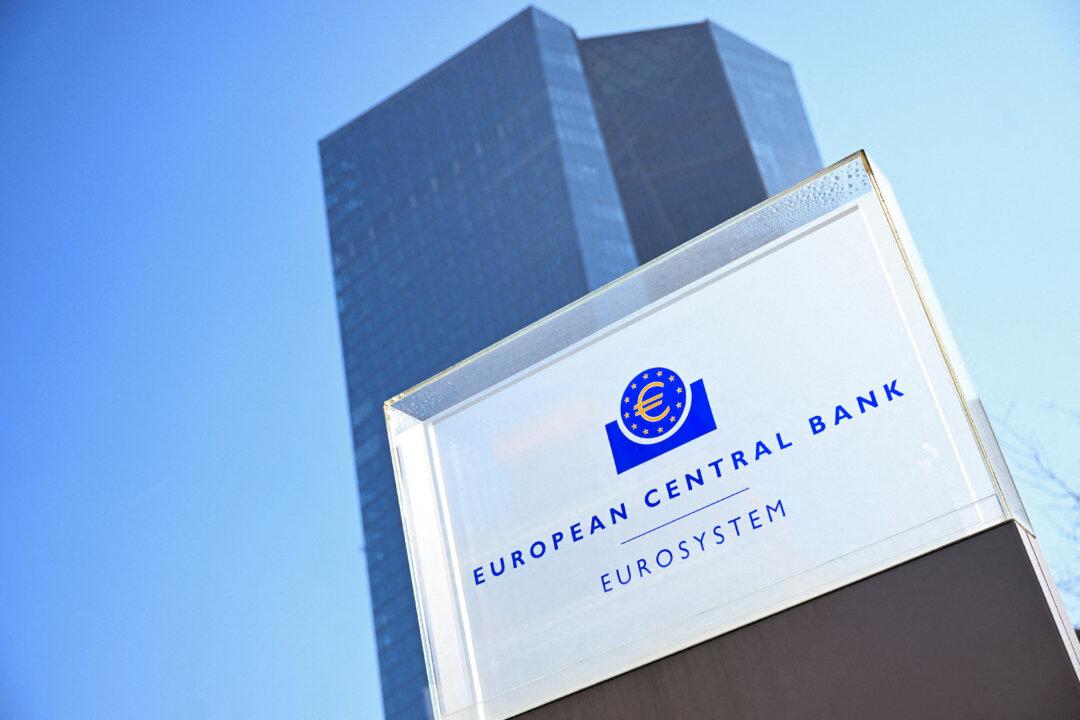The Federal Reserve’s preferred inflation gauge, the so-called PCE price index, jumped again to a multi-decade high in the year through December, though it inched down in monthly terms, while an alternate measure that reflects underlying price pressures rose in both annual and monthly terms, suggesting inflationary woes are far from gone.
On a month-over-month basis, the headline PCE gauge cooled to a reading of 0.4 percent after two consecutive months of 0.6 percent rises. But while the headline index suggests some moderation in inflation, the so-called core PCE price index, which strips out the categories of food and energy and is seen by economists as a better gauge of underlying price pressures, rose both in monthly and annual terms.
While the headline PCE measures came in slightly below forecast, the monthly core PCE reading was in line with expectations and the annual print was an upside surprise.
Inflation has surged in countries across the world, with economists blaming a range of factors, including pandemic-related supply chain and labor force dislocations. Historically unprecedented levels of fiscal and monetary stimulus, along with savings accumulated during the pandemic, have bolstered demand in the face of constrained supply, driving up prices.
The inflationary pulse has surprised many policymakers, who have generally abandoned the “transitory” narrative that pervaded early official statements from central banks when the inflation gauges first began to jump several months ago. Central banks are now in the midst of a hawkish pivot in a bid to tame runaway prices, with Federal Reserve Chair Jerome Powell earlier this week capping a policy meeting by saying the Fed is looking to start raising rates in March, with markets pricing in four hikes in 2022.
“Inflation has—finally—created a sense of urgency at the Fed and they’ll take an active role in trying to ease demand by raising interest rates this year, and likely beyond,” Bankrate Chief Financial Analyst Greg McBride told The Epoch Times in an emailed statement.
While Fed officials continue to count on an easing of supply chain constraints to bring down inflation, Powell told reporters that he doesn’t expect progress in supply-side dislocations getting fixed until the second half of the year.
“Notice has been served that interest rates are about to go up and they could go up at a faster pace than we’ve seen in many years,“ McBride said, while urging people to pay down variable rate debt like credit cards, predicting that the cost of that debt ”is only going to grow over the next couple of years.”
The Commerce Department’s PCE report also showed that U.S. consumer spending fell in December, suggesting the economy lost some momentum heading into the new year.
Consumer spending is a key driver of the U.S. economy accounting for around two-thirds of GDP.





